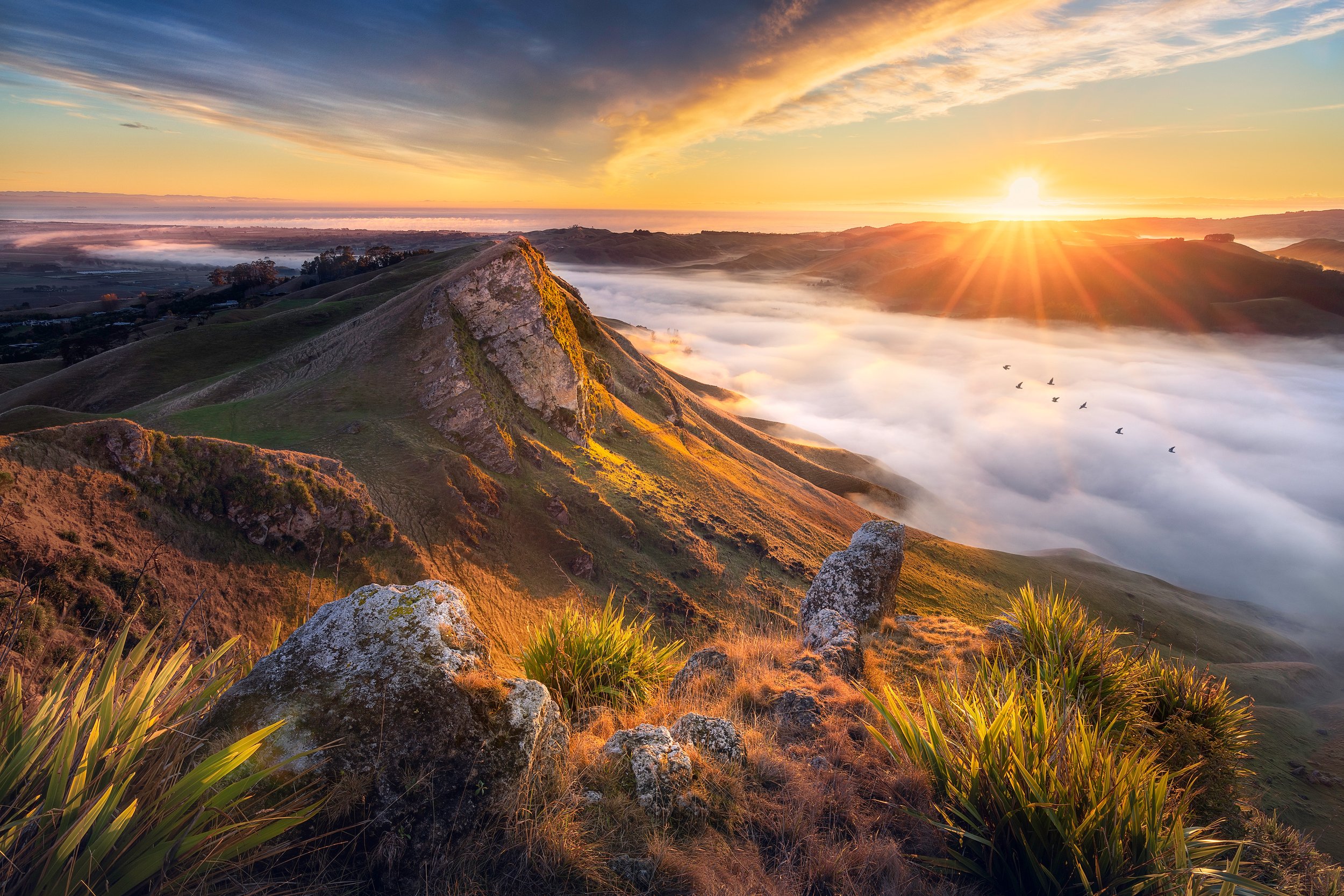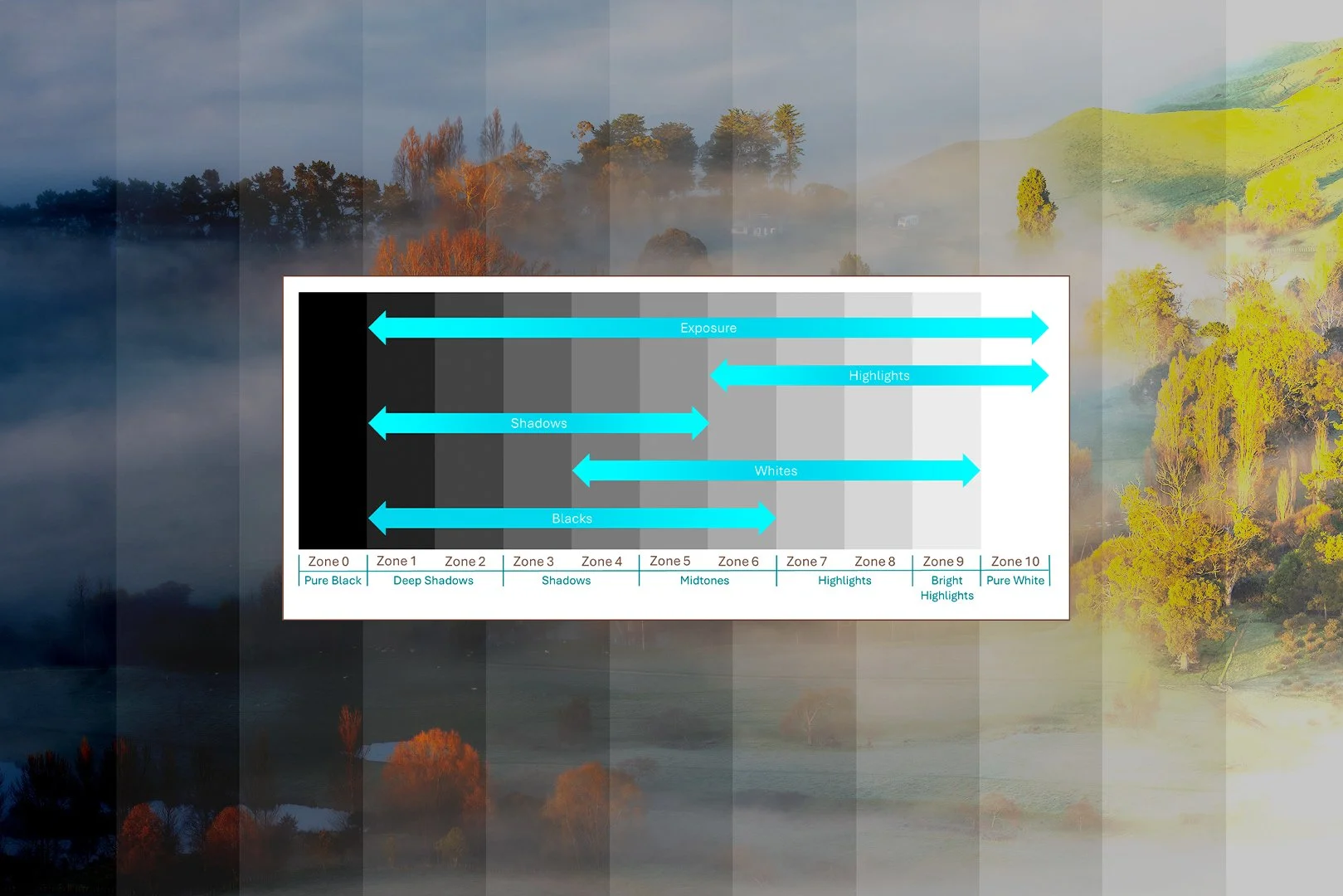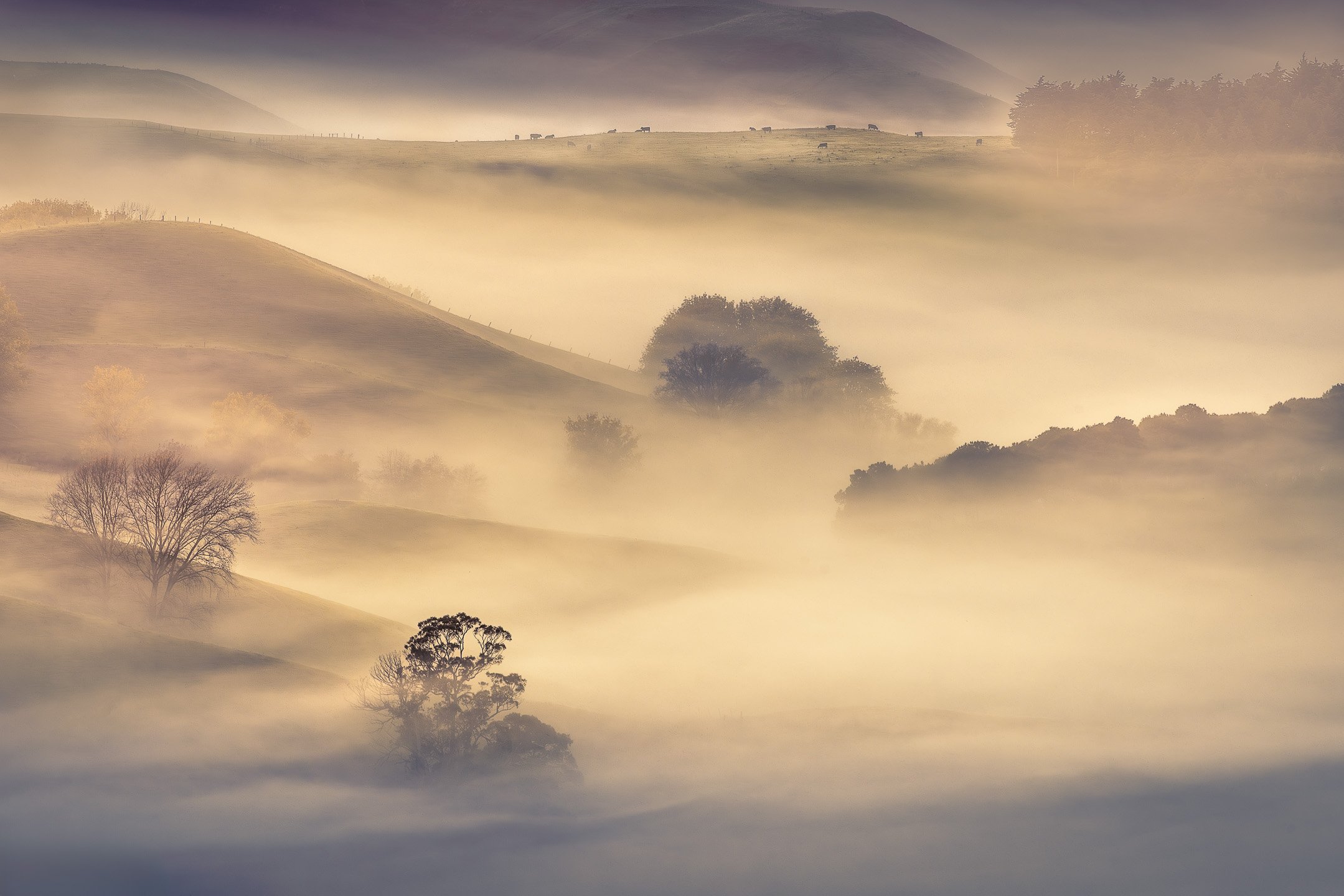Finding Fresh Inspiration in a Familiar Landscape
How shifting your focus from grand to intimate landscapes can help you rediscover inspiration
Even the most breathtaking landscapes can start to feel over-familiar when you photograph them often — especially when they’re right on your doorstep. But what if the key to reigniting your creative spark isn’t found in far-off places, but in learning to see the familiar differently? In this post, I share how shifting my focus from sweeping vistas to more intimate details helped me rediscover inspiration in the landscapes I thought I already knew — and how you can do the same.
I’m fortunate to live in one of the most visually striking parts of New Zealand — the Hawke’s Bay region, with the majestic Te Mata Peak practically on my doorstep. It’s a dream location for a landscape photographer. The Peak offers a grand view that’s endlessly captivating, and with the right light or the change of seasons, it reveals new moods and character each time.
There’s no shortage of compositions to be found — from the well-known lookout points to hidden corners known only to a few locals. Whether bathed in golden light at sunrise or cloaked in mist on a winter morning, Te Mata Peak provides an ideal canvas for grand landscape photography.
But here’s the thing: when you photograph the same iconic location over and over, even one as dynamic as Te Mata Peak, the spark of inspiration can begin to fade. You start to feel like you’ve captured every possible angle, every lighting condition. That’s when you’re faced with a creative crossroad.
In my experience, you have three paths you can take at this point:
One: Stop shooting - or keep repeating the same images (sorry, that's two options)
You could just accept that you’ve done all you can and either move on or continue taking variations of the same shots. There’s no shame in this — some photographers spend their entire lives capturing the same scene in different ways. But for many of us, repetition can start to feel stale.
Two: Travel to seek fresh scenes
This is where I first turned when I felt creatively stuck. I began taking my camera with me on walks through the local park, looking for new compositions in everyday places. These detours revealed unexpected beauty and sparked fresh perspectives.
I also started travelling further afield, both across New Zealand and overseas. New environments inevitably bring new ideas, new challenges, and fresh ways of seeing.
Three: Shift your focus to the details
At the same time, I began to look closer at the landscapes I already knew. Instead of capturing the sweeping vistas, I started focussing on the more intimate elements: the shape of a single tree, the way the soft light of the rising sun accentuated the curves of a group of hills, the delicate way light touched a patch of grass.
A key tool in this shift was my telephoto lens. Using a longer focal length allowed me to isolate interesting subjects from the surrounding landscape — compressing the scene, eliminating distractions, and drawing attention to features that might otherwise go unnoticed. With a telelens, I could pick out a lone tree standing out on a hillside or highlight subtle patterns in the folds of the land in ways that a wide-angle lens would miss.
This practice of seeing — really seeing — helped me grow as a photographer. It taught me that compelling images aren’t always about dramatic, wide vistas; sometimes, they’re about the quiet and subtle. And having the right gear - like a telephoto lens - can unlock a whole new way of looking at the familiar.
I remember one foggy morning on Te Mata Peak when I almost left my camera at home — I thought I’d seen it all. But as I stood there, a line of trees began to emerge from the mist, then disappear again as the fog drifted gently through the valley. The rising sun started to illuminate the haze, casting a soft glow that danced across the hills. The rolling contours were momentarily revealed, then obscured again, in an ever-changing interplay of light, shadow, and form. Mesmerised, I switched to my telephoto lens. Through the viewfinder, the familiar landscape was transformed — subtle, mysterious, and entirely new. One of the resulting images went on to win a silver medal at the Asia Pacific Photography Awards hosted by the New Zealand Institute of Professional Photography.
Eventually, something surprising happened.
After spending time exploring new locations and focusing on the finer details, I found myself returning to Te Mata Peak — not out of obligation, but with renewed energy. Familiar viewpoints felt fresh again. It was like coming home after a long journey, seeing it all anew, shaped by the experiences and lessons gathered elsewhere.
That’s the beauty of photography. It’s never just about the subject in front of the lens — it’s also about your perspective, your growth, and the way you choose to see the world.
Ready to try this yourself?
If you’re keen to refresh your creative approach, here are a few simple exercises to spark new inspiration:
Revisit a favourite location — but bring only one lens (a telephoto works especially well for seeing differently).
Set a creative constraint, such as: “Find five compositions within a 20-metre radius.”
Focus on just one element — spend a morning capturing only textures, shadows, or repeating patterns.
Photograph the same subject at different times of day to explore how changing light transforms mood and form.
Want a bit of guidance?
I offer personalised workshops and online sessions designed to help you see more creatively, refine your technique, and develop your photographic voice — whether you're a beginner or a seasoned shooter looking for fresh perspective.









In this article, I reflect on my evolution as a landscape photographer — from scenic landscapes to more expressive, interpretive work. It was first published in Nature Vision Magazine, Issue 10 (Fall 2025).